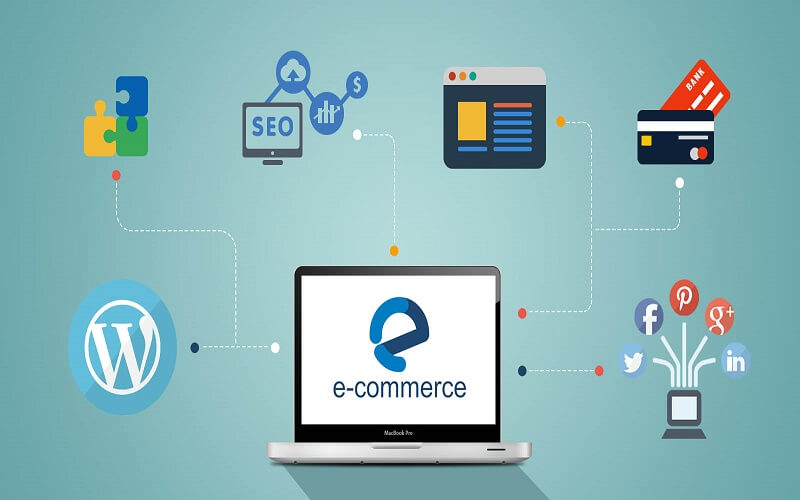
The dawn of widespread, accessible Internet in the early 90s was filled with promises. People suspected it would change communications, media, and education forever (and they were right), but retail? Was the Internet capable of sending retailers into a tailspin? Yes.
The digital age has ushered in a new era of global connectivity and immediacy that has altered shoppers’ behaviors around the world.
Today, it’s not uncommon to search for a dress made by a Parisian designer and expect its delivery to Los Angeles within 7 days. Ecommerce has made it possible for both brands and consumers alike to connect regularly.
80% of American consumers today conduct some sort of shopping via e-commerce outlets every month – a consistently rising percentage.
Consumers spend five hours each day on their mobile devices – browsing social media feeds, texting, answering emails, and, yes, shopping and searching for product information. While some consumers still prefer physical bricks-and-mortar locations to test out big-ticket items or apparel, eCommerce accessibility enables them to shop whenever, wherever.
The bias toward e-commerce shopping has even launched an eCommerce-first attitude among retailers.
Any retail brand that wants to make a lasting impression on consumers knows that it must lead with a full eCommerce website; physical stores no longer foreshadow a brand’s success, but a well-designed and optimized eCommerce outlet does spell the difference between short-lived and lasting brands.
The good news is that there are endless support tools available to help eCommerce business owners carve out their brand’s footprint on the web. Here are a few steps – and tools – necessary to successfully launching an eCommerce site.
1. Register your domain name
First things first, establish your identity. There are several options available, but many brands use sites like GoDaddy to register their preferred domains.
If possible, register for your domain name as early as possible (we’re talking as soon as you think of your brand name) because domains are hot commodities.
Consumers are accustomed to brands who own and operate websites with domains of their namesakes – like jcrew.com, nike.com, and bestbuy.com; it just feels natural to add a dot com to the end of any brand.
However, especially in today’s crowded eCommerce landscape, it may not be possible to land a domain name that exactly matches your brand. You may have to add a preposition or pluralize your name to secure a domain as similar as possible to your branding.
After all, if your domain has nothing to do with the name and its logo design, potential consumers will likely get very confused.
2. Pick a platform
While it is possible to build and design your site from scratch, why create the extra work for yourself. Platforms like Shopify offer optimal eCommerce hosting templates.
With built-in payment features and intuitive navigation, plus customizable layouts, Shopify makes it easy for any business owner (even individuals with little digital experience) to launch their brand sites.
Plus, Shopify offers tips and tricks to help its community of entrepreneurs and marketers constantly enhance their store’s features to serve current and potential customers better.
3. Take strong product photos
Ecommerce web development company are highly visual; consumers won’t feel enticed to explore your product if your site is filled with grainy, low-quality product photography. Investing in professional-level product photos enables you to showcase every intricate detail and unique value-add your brand has to offer.
Plus, consumers expect to see perfect product shots and videos on websites, and brands that fall under these expectations often do not last in the market for too long.
-
Populate your blog
Today, brands need to prove that they can create more than just high-quality products. They need to prove that they can support their customers’ lifestyles.
Building out a brand voice, aesthetic, and community is an integral component to eCommerce success. Populating your blog content with regularly updated lifestyle posts, behind-the-scenes glimpses, and community interviews will enable you to educate, entertain, and forge deeper relationships with your audience.
An engaging and mobile-optimized eCommerce site is foundational to any brand’s success. Whereas twenty years ago, shoppers may have wandered into storefronts upon hearing about an emerging brand, today, the search for brand’s sites.
In an increasingly competitive online marketplace, following eCommerce best practices is the only key to survival.







